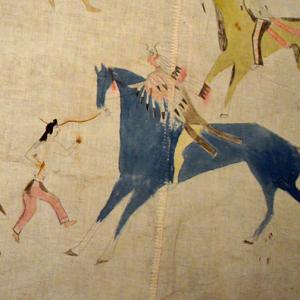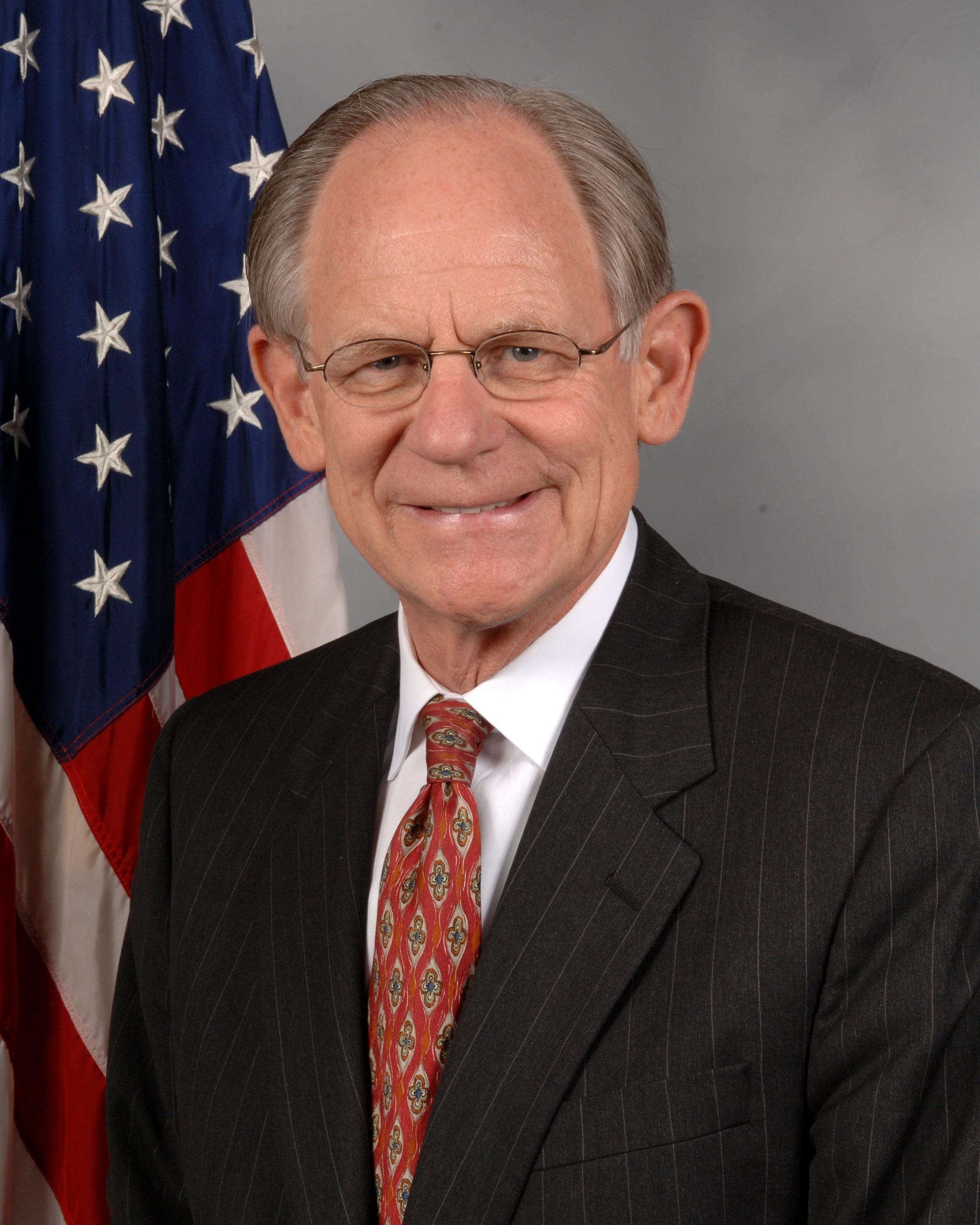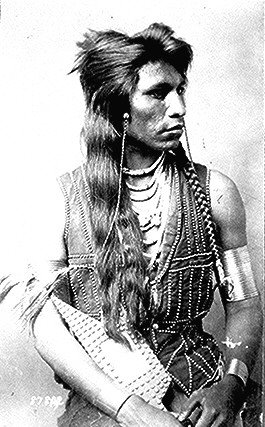|
Mandan, Hidatsa, And Arikara Nation
The Mandan, Hidatsa, and Arikara Nation (MHA Nation), also known as the Three Affiliated Tribes (Mandan language, Mandan: ''Miiti Naamni''; Hidatsa language, Hidatsa: ''Awadi Aguraawi''; Arikara language, Arikara: ''ačitaanu' táWIt''), is a federally recognized Native Americans in the United States, Native American Nation resulting from the alliance of the Mandan, Hidatsa, and Arikara peoples, whose Indigenous lands ranged across the Missouri River basin extending from present day North Dakota through western Montana and Wyoming. After the signing of the Treaty of Fort Laramie (1851), Fort Laramie Treaty (1851) and subsequent taking of land, the Nation's land base is currently approximately 1 million acres located in Fort Berthold Reservation in northwestern North Dakota. The Tribe reported a total enrollment of 17,492 enrolled members of the Mandan, Hidatsa and Arikara Nation as of December 2024. Nearly 5,600 live on the Fort Berthold Indian Reservation; others live and work els ... [...More Info...] [...Related Items...] OR: [Wikipedia] [Google] [Baidu] |
Mandan Language
Mandan (endonym: ) is an extinct Siouan language of North Dakota in the United States. Use and revitalization efforts By 2009, there was just one fluent speaker of Mandan, Edwin Benson (1931–2016). The language is being taught in local school programs to encourage the use of the language. Prior to Benson's death, the Estonian linguist worked with him for more than two years to preserve the language as much as possible. The 2020 documentary ''To Save A Language'' portrays Park's efforts to revive the language. Mandan is taught at Fort Berthold Community College along with the Hidatsa and Arikara languages. Linguist Mauricio Mixco of the University of Utah has been involved in fieldwork with remaining speakers since 1993. As of 2007, extensive materials in the Mandan language at the college and at the North Dakota Heritage Center, in Bismarck, North Dakota, remained to be processed, according to linguists. The MHA Language Project has created language learning material ... [...More Info...] [...Related Items...] OR: [Wikipedia] [Google] [Baidu] |
Lakota People
The Lakota (; or ) are a Native Americans in the United States, Native American people. Also known as the Teton Sioux (from ), they are one of the three prominent subcultures of the Sioux people, with the Eastern Dakota (Santee) and Western Dakota (). Their current lands are in North Dakota, North and South Dakota. They speak — the Lakota language, the westernmost of three closely related languages that belong to the Siouan languages, Siouan language family. The seven bands or "sub-tribes" of the Lakota are: * (, Burned Thighs) * ("They Scatter Their Own") * (, Without Bows) * (Hunkpapa, "End Village", Camps at the End of the Camp Circle) * (Miniconjou, "Plant Near Water", Planters by the Water) * ("Blackfeet" or "Blackfoot") * (Two Kettles) Notable Lakota persons include (Sitting Bull) from the , (Touch the Clouds) from the Miniconjou; (Black Elk), (Red Cloud), and (Billy Mills), all ; (Crazy Horse) from the and Miniconjou, and (Spotted Tail) from the ... [...More Info...] [...Related Items...] OR: [Wikipedia] [Google] [Baidu] |
Washington, DC
Washington, D.C., formally the District of Columbia and commonly known as Washington or D.C., is the capital city and Federal district of the United States, federal district of the United States. The city is on the Potomac River, across from Virginia, and shares land borders with Maryland to its north and east. It was named after George Washington, the first president of the United States. The district is named for Columbia (personification), Columbia, the female National personification, personification of the nation. The Constitution of the United States, U.S. Constitution in 1789 called for the creation of a federal district under District of Columbia home rule, exclusive jurisdiction of the United States Congress, U.S. Congress. As such, Washington, D.C., is not part of any U.S. state, state, and is not one itself. The Residence Act, adopted on July 16, 1790, approved the creation of the Capital districts and territories, capital district along the Potomac River. The city ... [...More Info...] [...Related Items...] OR: [Wikipedia] [Google] [Baidu] |
Sheheke
Sheheke, Sheheke-shote (Mandan: Shehék Shót), translated as White Coyote, and also known as Coyote or Big White (c. 1766–1812), was a Mandan chief. His name is also sometimes spelled Shahaka. Sheheke was at the time of the arrival of Meriwether Lewis and William Clark among the Mandan in late 1804 the main civil chief at Mitutanka. Sheheke traveled with Lewis and Clark to meet United States President Thomas Jefferson. On October 20, 1804, two Mandan leaders, each considering himself the principal chief of Matutonka, came to visit the captains. Having missed the previous day's meeting, they asked the Americans to repeat their speeches. "They were gratified," Clark reported, "and we put the medal on the neck of the Big White to whom we had Sent Clothes yesterday & a flag." The captains meant well, but they only worsened an enmity between the Mandan leaders. Upon the explorers' return in late August 1806, Sheheke reaffirmed his friendship, and promised that his people would " ... [...More Info...] [...Related Items...] OR: [Wikipedia] [Google] [Baidu] |
Sacagawea Dollar
The Sacagawea dollar (also known as the "golden dollar") is a United States dollar coin introduced in 2000, but subsequently minted only for niche circulation from 2002 onward. The coin generally failed to meet consumer and business demands but it is still generally accepted in circulation. These coins have a copper core clad by manganese brass, giving them a distinctive golden color. The coin features an obverse designed by Glenna Goodacre of Sacagawea, the Shoshone guide of the Lewis and Clark Expedition, carrying her child. From 2000 to 2008, the reverse featured an eagle design by Thomas D. Rogers. Since 2009, the reverse of the Sacagawea dollar has been changed yearly, with each design in the series depicting a different aspect of Native American cultures. These coins are marketed as "Native American dollars". The coin was introduced as a replacement for the Susan B. Anthony dollar, which proved useful for vending machine operators and mass transit systems despite ... [...More Info...] [...Related Items...] OR: [Wikipedia] [Google] [Baidu] |
Shoshone
The Shoshone or Shoshoni ( or ), also known by the endonym Newe, are an Native Americans in the United States, Indigenous people of the United States with four large cultural/linguistic divisions: * Eastern Shoshone: Wyoming * Northern Shoshone: Southern Idaho * Western Shoshone: California, Nevada, and Northern Utah * Goshute: western Utah, eastern Nevada They traditionally speak the Shoshoni language, part of the Numic languages branch of the large Uto-Aztecan languages, Uto-Aztecan language family. The Shoshone were sometimes called the Snake Indians by neighboring tribes and early American explorers. Their peoples have become members of List of federally recognized tribes, federally recognized tribes throughout their traditional areas of settlement, often co-located with the Northern Paiute people of the Great Basin. Etymology The name "Shoshone" comes from ''Sosoni'', a Shoshoni language, Shoshone word for high-growing grasses. Some neighboring tribes call the Shoshone ... [...More Info...] [...Related Items...] OR: [Wikipedia] [Google] [Baidu] |
Sakakawea
Sacagawea ( or ; also spelled Sakakawea or Sacajawea; May – December 20, 1812)Sacagawea ." ''National Cowgirl Hall of Fame''. 2017.Sacagawea / Sacajawea / Sakakawea , Women of the Hall ." ''''. 2003. Seneca Falls, NY. was a [...More Info...] [...Related Items...] OR: [Wikipedia] [Google] [Baidu] |
Lewis And Clark
Lewis may refer to: Names * Lewis (given name), including a list of people with the given name * Lewis (surname), including a list of people with the surname Music * Lewis (musician), Canadian singer * " Lewis (Mistreated)", a song by Radiohead from ''My Iron Lung'' Places * Lewis (crater), a crater on the far side of the Moon * Isle of Lewis, the northern part of Lewis and Harris, Western Isles, Scotland United States * Lewis, Colorado * Lewis, Indiana * Lewis, Iowa * Lewis, Kansas * Lewis Wharf, Boston, Massachusetts * Lewis, Missouri * Lewis, Essex County, New York * Lewis, Lewis County, New York * Lewis, North Carolina * Lewis, Vermont * Lewis, Wisconsin Ships * USS ''Lewis'' (1861), a sailing ship * USS ''Lewis'' (DE-535), a destroyer escort in commission from 1944 to 1946 Science * Lewis structure, a diagram of a molecule that shows the bonding between the atoms * Lewis acids and bases * Lewis antigen system, a human blood group system * Lewis number, ... [...More Info...] [...Related Items...] OR: [Wikipedia] [Google] [Baidu] |
Great Plains
The Great Plains is a broad expanse of plain, flatland in North America. The region stretches east of the Rocky Mountains, much of it covered in prairie, steppe, and grassland. They are the western part of the Interior Plains, which include the mixed grass prairie, the tallgrass prairie between the Great Lakes and Appalachian Plateau, and the Taiga Plains Ecozone, Taiga Plains and Boreal Plains Ecozone, Boreal Plains ecozones in Northern Canada. "Great Plains", or Western Plains, is also the ecoregion of the Great Plains or the western portion of the Great Plains, some of which in the farthest west is known as the High Plains. The Great Plains lie across both the Central United States and Western Canada, encompassing: *Most or all of the U.S. states of Kansas, Nebraska, and North Dakota, North and South Dakota; *Eastern parts of the U.S. states of Colorado, Montana, and Wyoming; *Parts of the U.S. states of New Mexico, Oklahoma, Texas; *Sometimes western parts of Iowa, Minnesot ... [...More Info...] [...Related Items...] OR: [Wikipedia] [Google] [Baidu] |
Earth Lodge
An earth lodge is a semi-subterranean building covered partially or completely with earth, best known from the Native American cultures of the Great Plains and Eastern Woodlands. Most earth lodges are circular in construction with a dome-like roof, often with a central or slightly offset smoke hole at the apex of the dome. Earth lodges are well-known from the more-sedentary tribes of the Plains such as the Hidatsa, Mandan, and Arikara, but they have also been identified archaeologically among sites of the Mississippian culture in the eastern United States. Structure Construction materials and techniques Earth lodges were typically constructed using the wattle and daub technique, with a thick coating of earth. The dome-like shape of the earth lodge was achieved by the use of angled (or carefully bent) tree trunks, although hipped roofs were also sometimes used. During construction the workers would dig an area a few feet beneath the surface, allowing the entire building ... [...More Info...] [...Related Items...] OR: [Wikipedia] [Google] [Baidu] |
Flint
Flint, occasionally flintstone, is a sedimentary cryptocrystalline form of the mineral quartz, categorized as the variety of chert that occurs in chalk or marly limestone. Historically, flint was widely used to make stone tools and start fires. Flint occurs chiefly as nodules and masses in sedimentary rocks, such as chalks and limestones.''The Flints from Portsdown Hill'' Inside the nodule, flint is usually dark grey or black, green, white, or brown in colour, and has a glassy or waxy appearance. A thin, oxidised layer on the outside of the nodules is usually different in colour, typically white and rough in texture. The nodules can often be found along s and [...More Info...] [...Related Items...] OR: [Wikipedia] [Google] [Baidu] |
Knife River
The Knife River is a tributary of the Missouri River, approximately 120 mi (193 km) long, in North Dakota in the United States. Knife is an English translation of the Native American name. It rises in west central North Dakota, in the Killdeer Mountains in Dunn County, North Dakota, Dunn County. It flows east, and is joined by Spring Creek (North Dakota), Spring Creek near Beulah, North Dakota, Beulah. It joins the Missouri north of Stanton, North Dakota, Stanton, at the Knife River Indian Villages National Historic Site. Much of the terrain surrounding the river valley still remains in native grasslands, supporting many species of wildlife, including Whitetail Deer, Mule Deer, Coyote, Fox, Native Grouse, Pheasant, etc. Many of the small tributaries such as the Little Knife support local farms and ranches; some have been family owned for over 100 years. Some of the larger ranches include the Circle Five Ranch, Dressler Ranch, Perhus Bros. Ranch, and Greenshield Ranc ... [...More Info...] [...Related Items...] OR: [Wikipedia] [Google] [Baidu] |







